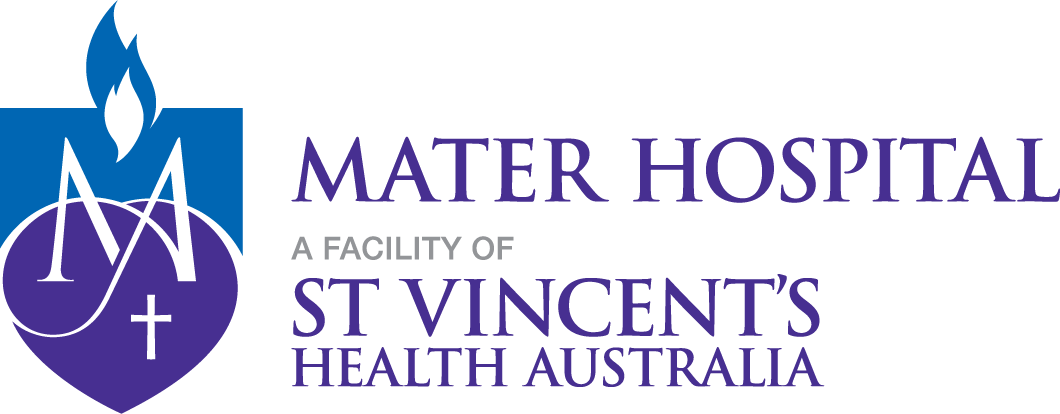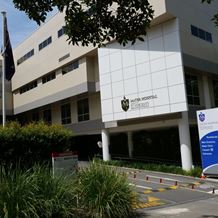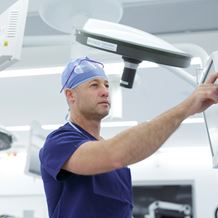Diabetes Technology - Ready or not?
Wendy Bryant
- Home
- Patient News
- Diabetes Technology - Ready or not?
Diabetes Technology
Innovations are not only changing the way we shop, bank and search for information, it is also transforming the way we manage chronic conditions like diabetes. Diabetes Technology has evolved rapidly over the past decade and is moving faster than we have ever seen before. These technologies have developed from glucometers to Continuous Glucose Monitoring Systems (CGMS), old school pen and paper to record blood glucose levels, to detailed apps and/or CGM graphs and reports. Add to this insulin pens with smart accessories, CGM with insulin pumps that now automatically adjust basal rates and soon will incorporate adjustment in both basal insulin and correction insulin doses. Added to this hundreds of information technology apps for the management of diabetes such as phone apps, fitness trackers, web-based programs. Nearly every day I find out about either a new App or device that has entered the market or that a person with diabetes is using one. So many in fact there are too many to mention in this article.
Why have they become so prominent and what is the benefit to the person with diabetes?
Part of the difference between using glucose meters and continuous glucose meters, is that glucose levels fluctuate a lot during the day, particularly if using insulin. One or two glucose measurements per day are not often representative of what is happening at other times of the day. A person with diabetes using a glucose meter once or twice per day often has no idea that their glucose level might be rising substantially after a meal.
CGMS are tools that assist people with diabetes to learn and see more extensively what occurs to their glucose over 24 hours, days and weeks. They can see the effect of what different types of exercise, different types of meals or meal size can have on their glucose levels. These systems provide dynamic instant feedback to help them learn what might be the best approach to manage their diabetes more effectively.
These devices can provide reassurance and confidence in management of their diabetes, giving real time glucose levels as well as glucose direction. They provide alerts and alarms for lows and highs which can provide peace of mind for not only the individual but also their families.
Continuous Glucose Monitoring systems
Currently in Australia there are three main companies’ with six different systems - some will most likely be slowly phased out over the next few years and there are more coming on the horizon. Each system has different requirements that the person with diabetes needs to be aware of before they start using them:
- Intermittently scanned devices Libre and Libre 2
- Dexcom G5 and G6
- Bluetooth Guardian Sensor 3 and Guardian Link 3
Studies have shown that CGMS devices can benefit people with Type 1 or type 2 diabetes and that age is not a barrier to using these devices. People who are interested in these systems should be encouraged to seek advice from a qualified HCP before signing up to any of these systems. Things to consider:
- Can they use them continuously or intermittently?
- Is their mobile phone compatible with the device?
- What does all the information on the screen mean?
- How to manage alarms which can become over burdensome and create distress?
- How much will it cost if they do not fit into the NDSS criteria.
Insulin pumps
Currently there are 5 different companies in the pump market, some having more than one version as they are phased some in and out, plus DYI looping system. Some are stand alone with no CGM interaction others offer partial automation.
- Medtronic 640G, 770G and soon 680G
- Tandem Basal IQ and soon control IQ
- Ypsomed with phone app
- Roche solo pod pump with a Diabetes Manager (DM)
- Insulet - Omnipod DASH with a Personal Diabetes manager (PDM)
Soon to enter the market are advanced hybrid closed loop systems, these devices will not only automatically adjust basal rate but will deliver automated bolus corrections when glucose levels become elevated.
Data
All these technologies are downloaded onto a variety of platforms. The different platforms provide recommended standardised metrics. The data can be viewed in summary format. The data can also be viewed on a daily basis where discussion can take place around exercise, food intake and medications. The summary provides information on time in range (TIR – % of readings and time between 3.9-10 mmol/L), time above range (TAR % readings and time above 13.9 mmol/L), Time below range (TBR - % of readings and time 3.8 mmol/L) and Glucose Management Indicator (GMI), glycaemic variability (%CV), and Percentage of time CGM is active (recommended 70% over 14 days).
Summary
Consumer demand for new devices and Apps is very strong. We need to adapt just as quick as these new diabetes technologies are changing/updating rapidly. People with diabetes are embracing or waiting for them to come to market. Our health system and practices are adapting to these new technologies but often at a much slower pace. With this in mind the aim needs to be to ensure the person with diabetes is provided with the support and knowledge to enable them to use the technologies to best support them.
To assist you and your patients you can find support for people with diabetes in your practice by contacting or referring to a Credentialed Diabetes Educator (CDE). We complement clinical and health care support provided by GPs and work closely with people with diabetes to tailor education and clinical advice to their situation, provide in-depth knowledge across all key areas of diabetes care and management, and listen to understand their priorities.
Wendy Bryant
Wendy Bryant has worked as a Credentialed Diabetes Educator (CDE) for over 21 years in both the public and private health sector. Wendy has developed knowledge and skills in providing assistance to people with diabetes in developing self-management skills to aid the prevention of diabetes related health complications. She develops an individuals’ self-empowerment by focusing on their needs and providing knowledge, motivation and support.
Website: Click here
Email: wbryant@sydneyendocrinology.com.au
Phone: (02) 9157 9095




